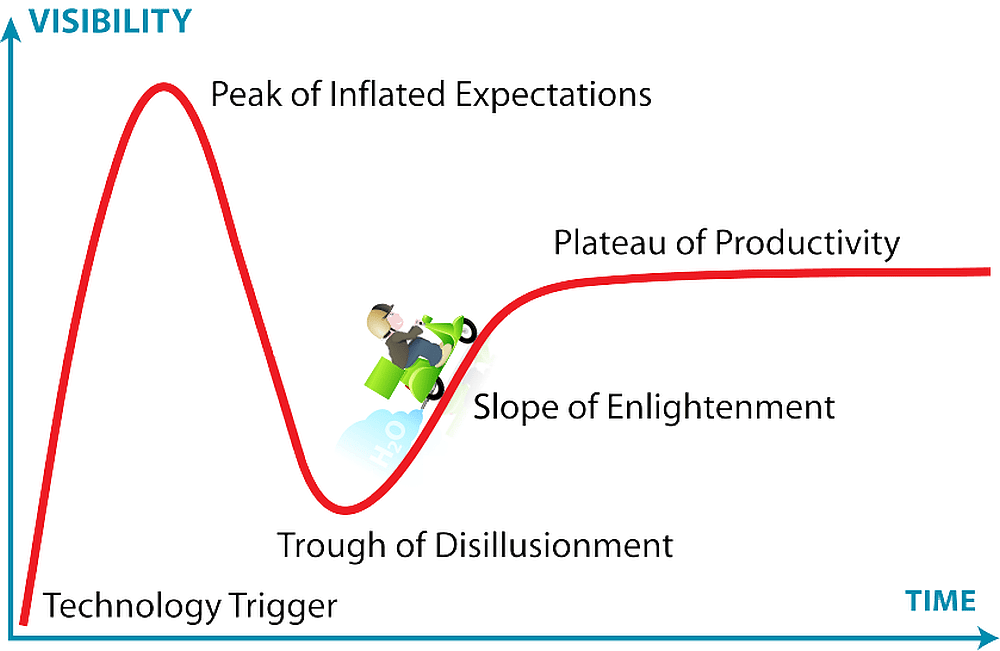
[Image above] Example of a USB Type C (USB-C) cable, which the European Commission is proposing be the standard port for many electronic devices. Credit: ajay_suresh, Flickr (CC BY 2.0)
As we’ve detailed previously on CTT, electronic waste (e-waste) is a rising concern for manufacturers and consumers around the world.
A report published last year by the Global E-waste Statistics Partnership found that a record 53.6 million metric tonnes of e-waste were generated worldwide in 2019, a 21% increase in five years. By 2030, this amount is expected to reach 74 million metric tonnes—almost a doubling in just 16 years.
The failure of recycling systems to properly handle e-waste is part of the reason so much e-waste exists. However, the report emphasizes that the main cause is due to higher consumption rates of electrical and electronic equipment, short life cycles, and few repair options.
While several countries have adopted national e-waste policies, legislation, or regulations to counter e-waste at the disposal end, few to date have sought ways to combat e-waste from the production end. A new rule proposed by the European Commission, however, looks to change that.
Preventing waste through standardized charging
If you have ever owned an Apple product, then you are well aware of the frustration that comes with needing to buy a new charging cable whenever you upgrade your electronic device.
In the early 2000s, there were more than 30 different types of chargers on the market for mobile phones. The waste generated from consumers discarding incompatible chargers prompted the European Commission to request that major producers of mobile phones sign a memorandum of understanding in 2009, pledging to harmonize chargers for data-enabled mobile phones sold in the European Union.
Since the signing of the memorandum, which was extended by two letters of intent in 2013 and 2014, the majority of mobile phone chargers are now based on universal serial bus (USB) ports and connectors. Learn more about the types of USB chargers in the video below.

Credit: Daniel Gauthier – TwinBytes Inc, YouTube
However, the goal of a single standard charger remains, and last week the European Commission proposed new legislation that would require USB Type C (USB-C) be the standard port for all smartphones, tablets, cameras, headphones, portable speakers, and handheld videogame consoles.
Unsurprisingly, Apple is protesting the announcement, arguing in a BCC article “that strict regulation mandating just one type of connector stifles innovation rather than encouraging it.” However, the European Commission remains firm in its decision.
“We gave industry plenty of time to come up with their own solutions, now time is ripe for legislative action for a common charger. This is an important win for our consumers and environment and in line with our green and digital ambitions,” European Commission vice president Margrethe Vestager says in the BCC article.
Before the legislation can take effect, the proposal must be adopted by the European Parliament and the European Council by ordinary legislative procedure. There will then be a transition period of 24 months from the date of adoption to give industry time to adapt to the new standard.
Author
Lisa McDonald
CTT Categories
- Electronics
- Market Insights


